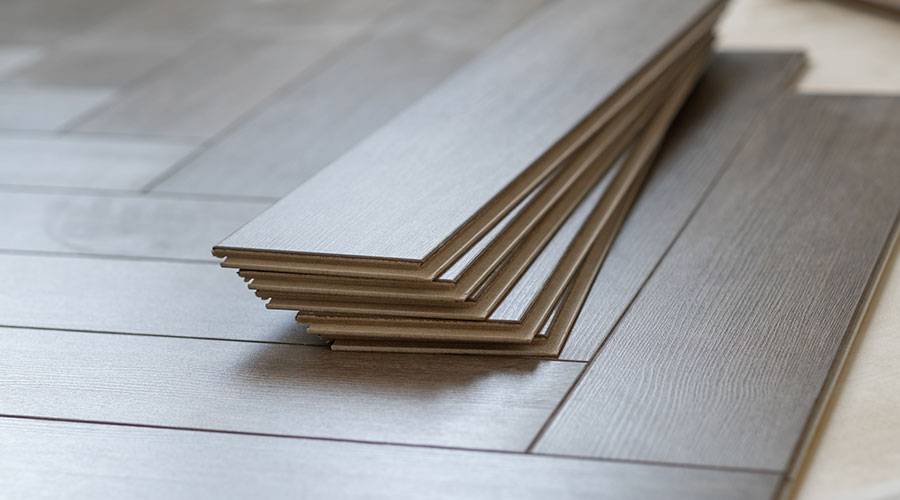Metal's Green Credentials, Good Looks
Metal can be easily recycled, which is a major feature of its sustainable story. Metal roofs can often be 100 percent recycled when they are at the end of their life. "Steel, aluminum and copper have always been heavily recycled products," says Croucher. "When you tear down a building you don't throw structural steel in a landfill," he says.
Metal roof and wall systems also are manufactured out of recycled content. James cites statistics compiled by the National Roofing Contractors Association, (NRCA) which say that 28 to 45 percent of content in metal roofs is recycled. Metal is the most recycled construction material in the United Sates, says James.
Metal roofing also gets high marks in the green department for facilitating the use of solar panels. Croucher says it is easier to attach solar panels to metal roofs. "A thin film laminate can be adhered to a metal standing-seam roof," he says. Or, a thin film can be adhered to a flat plate that can then fit on 16-inch or wider standing-seam panels. Polycrystalline photovoltaic panels can also be mounted on the structural frame of a flat roof, but with the natural slope of metal roof, a framing system is not necessary.
Nicely says that when a clip is attached to a standing-seam roof, the solar panel that is attached to the clip can ride free above the actual roof, which is helpful with regard to allowing water and snow to fall off the roof.
Aesthetic Value
Metal roof and wall systems also are versatile in terms of aesthetic design. The flexibility of metal allows for the creation of architectural effects. Moreover, many different paint systems can be used on metal, with textures applied to look like marble, for example. A metal roof can be roll-capped to give it the appearance of standing seam or can have a shingle or tile appearance, says Nicely.
Colors and glosses can be used on roofs, says Croucher. Schools will sometimes paint their roofs in school colors, something that is not an option with other kinds of material. Moreover, a sloped metal roof can be an architectural feature of a building, unlike a flat roof.
"One disadvantage of dark colors is that they absorb more sunlight and hold heat, but infrared pigments are available that reflect energy," says Croucher. These paints are available in dark colors but still meet Energy Star reflectivity requirements for a cool roof.
"Metal adds aesthetic value in roof and wall applications, with a versatility of color selection, particularly in wall cladding," says Bush. "Design styles can be vertical or horizontal, and there are endless variations of color." Aluminum painted with PVDF (polyvinylidene fluoride) coatings resist chalk and fading for 35 years, he says.
Zinc roofs don't need to be painted, says Nicely, because zinc has an attractive, natural appearance and will not fade. "Eventually it will go to a soft gray," he said. Zinc's graying process occurs over time, as it develops a patina through wear and exposure to the elements. Thus, a zinc roof can be painted, and when the paint wears away the patina process begins — all of which adds to longevity. Nonetheless, embedded pigments can be used to produce colored zinc roofs. Pigmented zinc comes in red, blue and green. Black zinc, also available, is given a phosphoric acid bath. This process was originally developed in Europe to match slate tiles, says Nicely.
In the long view of putting up a new structure or retrofitting an old one, the higher up-front cost of using metal materials is easily eclipsed by the life-cycle savings that accrue — both in terms of the longevity of metal roof and wall systems and in possible energy savings. Moreover, metal shines when considering such factors as durability and aesthetics, and metal has much to offer in the area of green technology and sustainability.
Related Topics:












